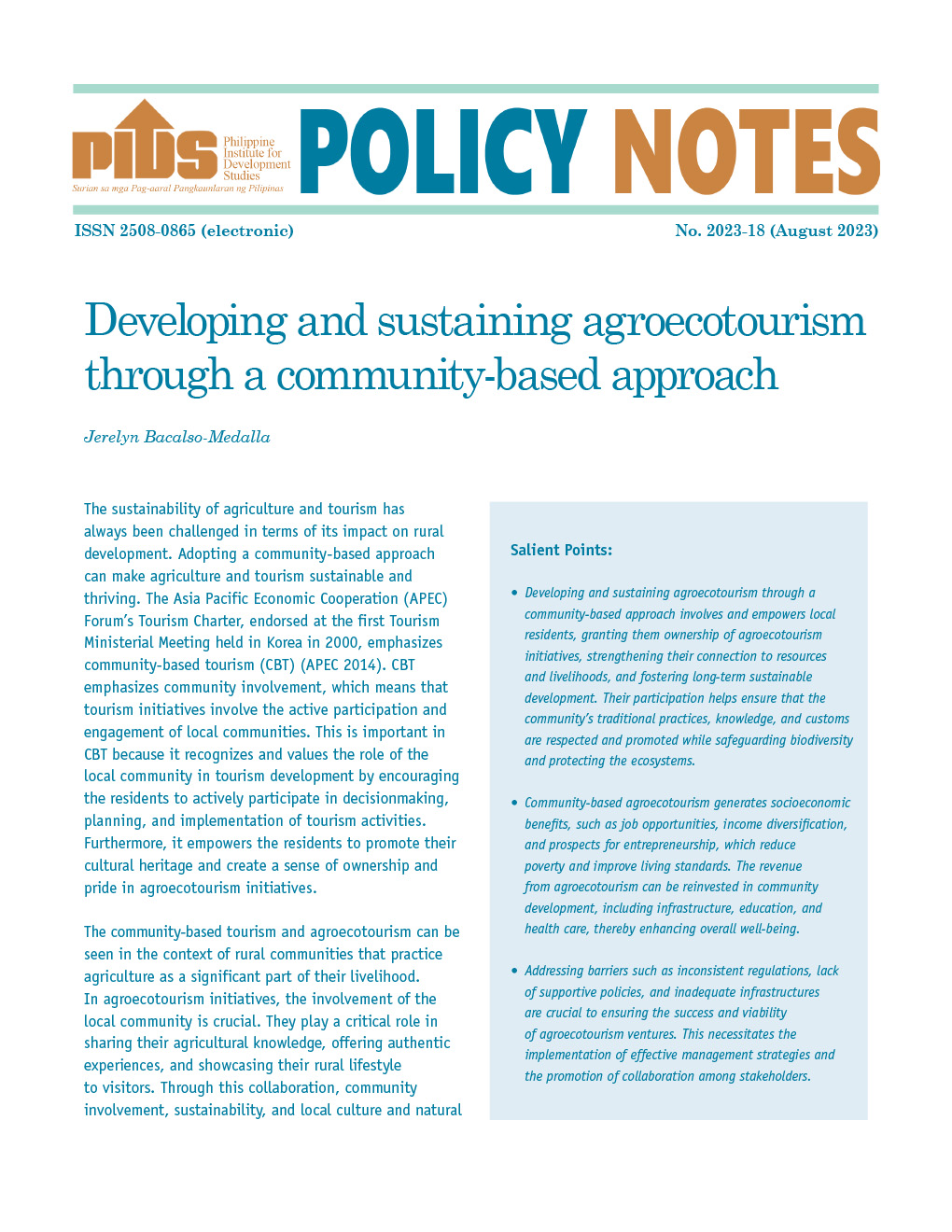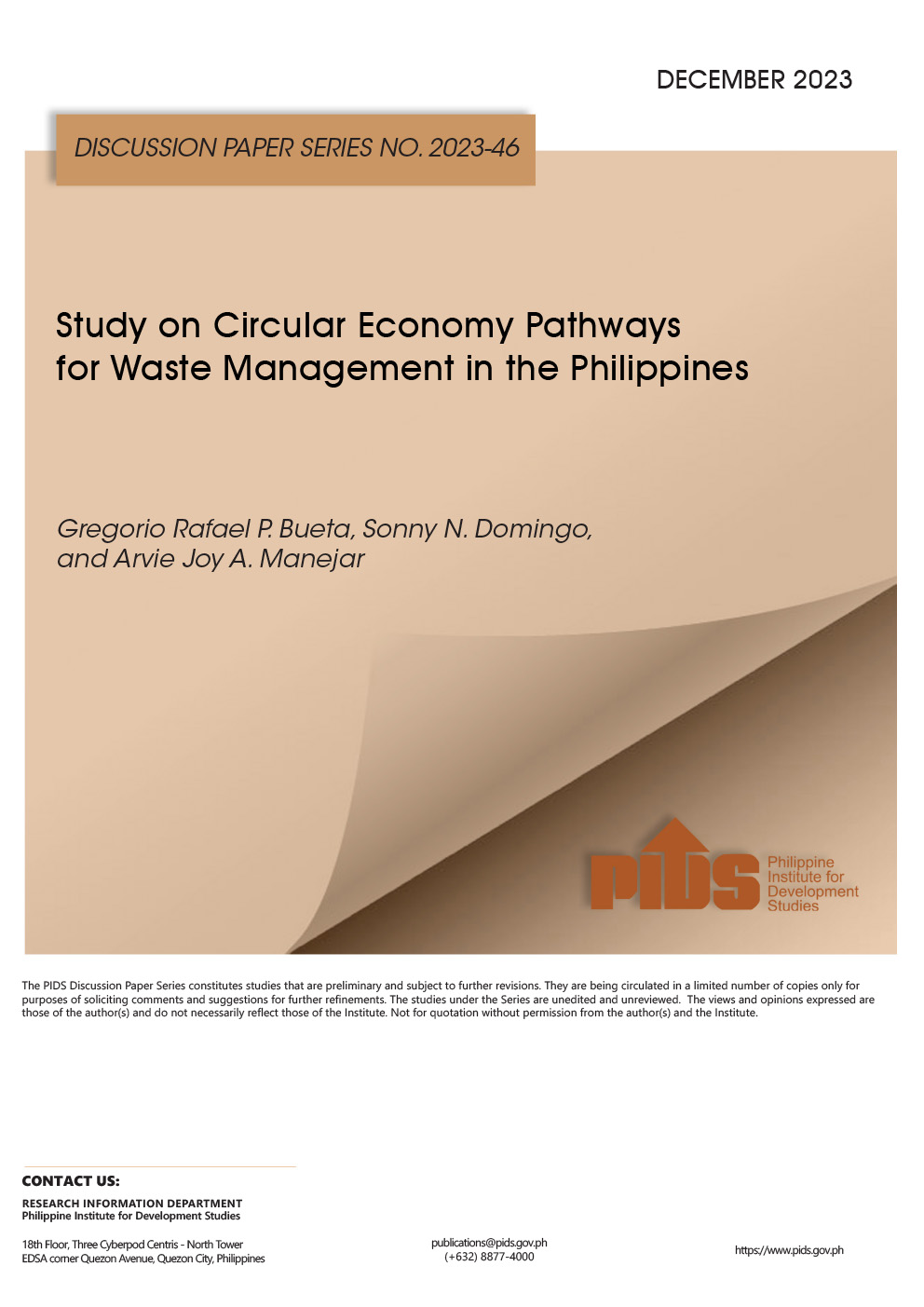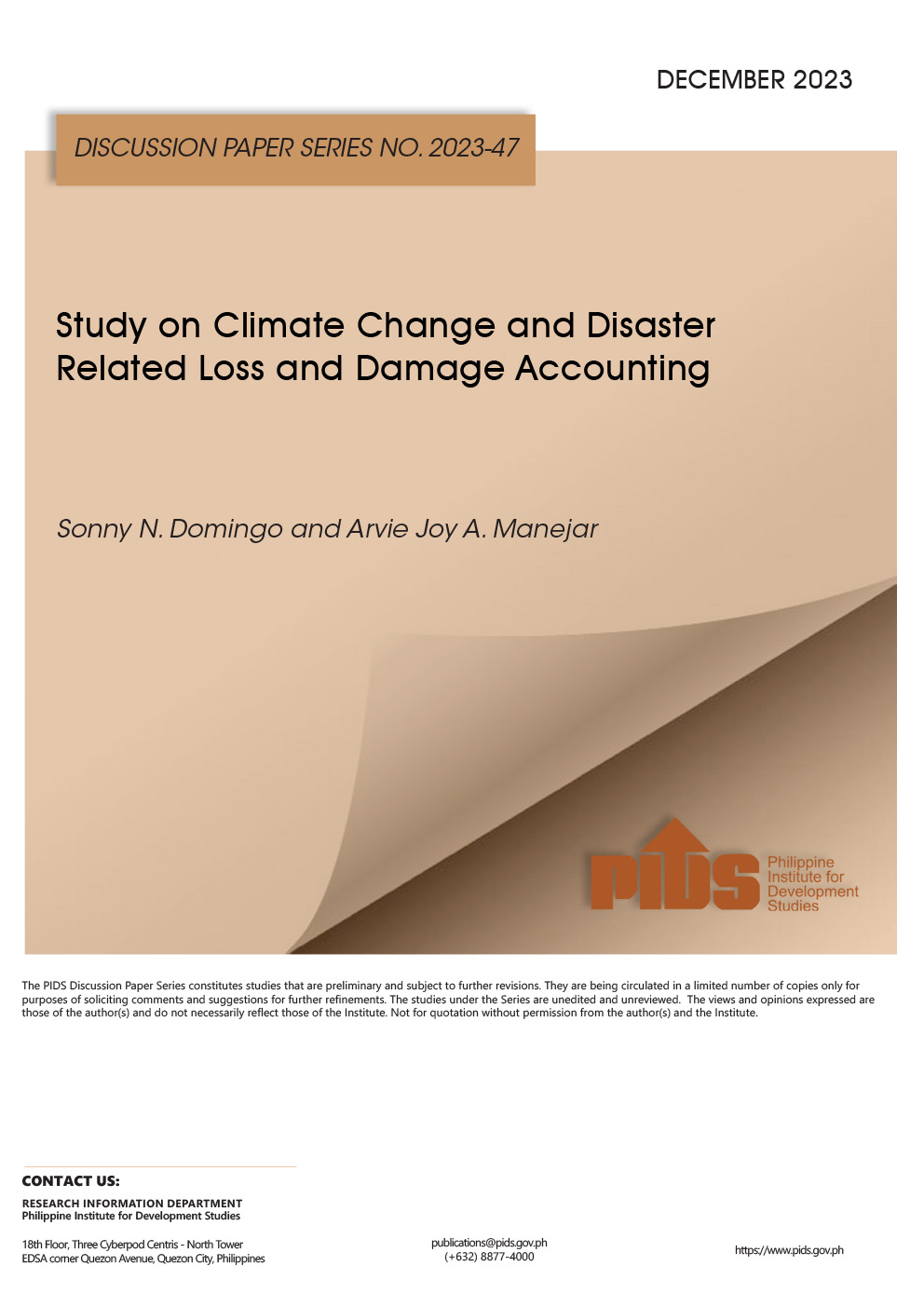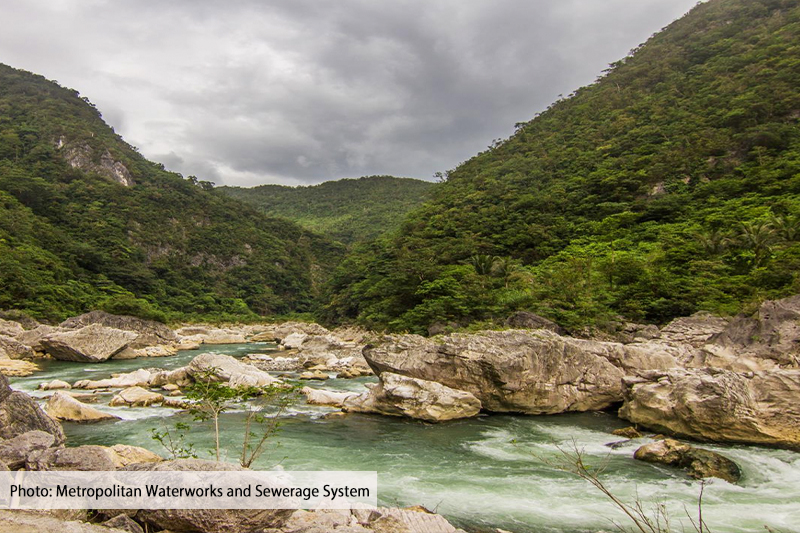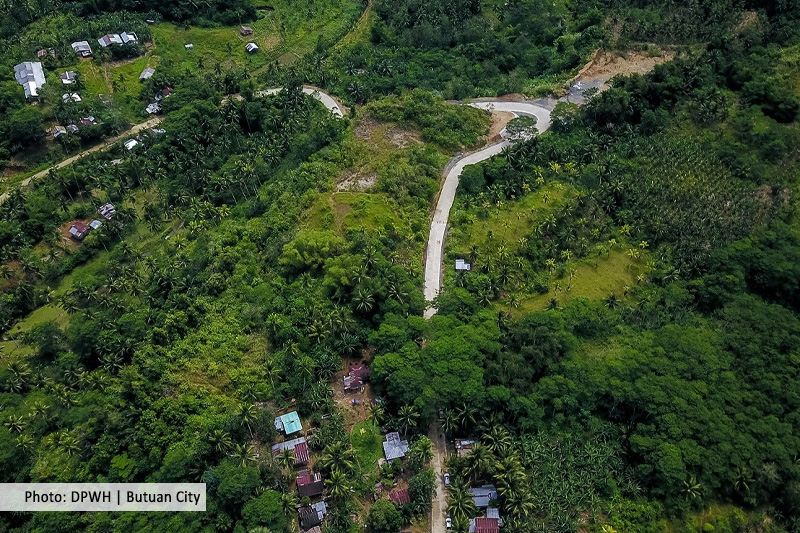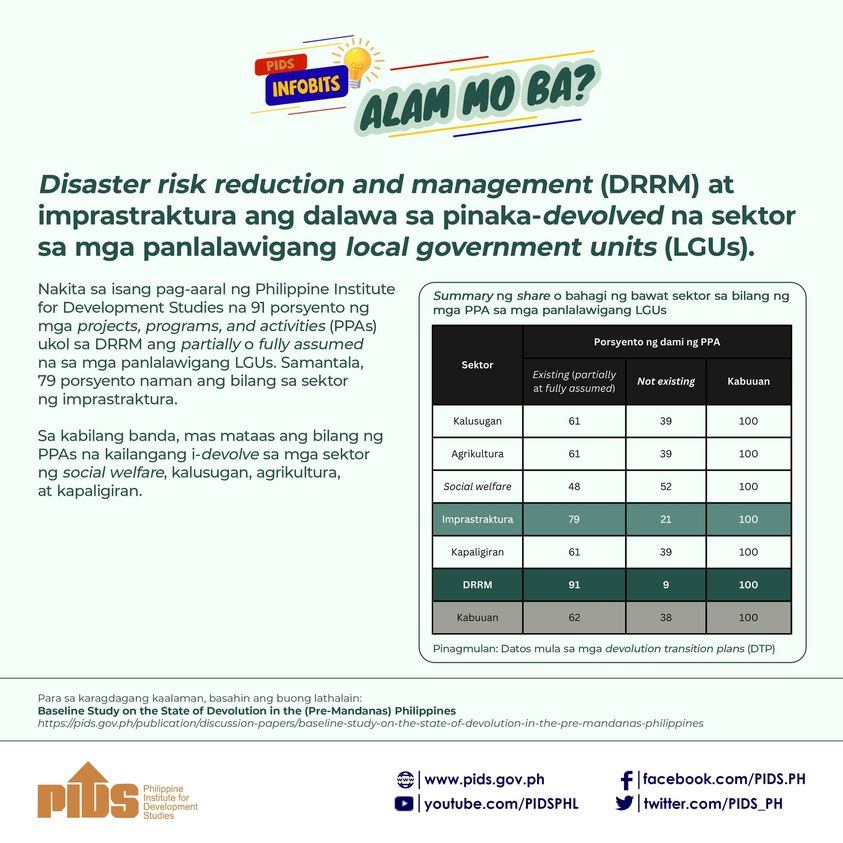The failure of the Solid Waste Management (SWM) Act to identify a working body and subnational waste committees has been a major hurdle for the enforcement of the solid waste management law 20 years after it was passed, according to a study released by the Philippine Institute for Development Studies (PIDS).
In a webinar recently organized by PIDS, Senior Research Fellow Sonny Domingo, who co-wrote the study with Research Analyst Arvie Joy Manejar, presented the findings of their research that analyzed the country’s SWM regulatory policies.
RA 9003 has been institutionalized both at the national and subnational levels with the implementation largely devolved to local government units (LGUs).
“Despite the implementation of RA 9003 for more than two decades now, Domingo noted that the country is still grappling with management issues,” PIDS said in a news statement.
Under the law, Domingo said, barangays are in charge of segregating and collecting residential solid wastes while cities/municipalities handle special and hazardous wastes. It also mandates the forced closure of existing open dumpsites and the transition to sanitary landfills and requires the creation of SWM boards at each LGU to oversee the implementation of SWM plans.
However, Domingo said “much of the implementation burden falls on focal persons from various bodies and task forces.” This despite the crucial role played by local chief executives in prioritizing SWM.
“Communities are passive while barangays are heavily dependent on cities and municipal governments. We have local populations that are not contributing in terms of local discourse, decision making, participation, and compliance in activities on solid waste management,” Domingo pointed out.
To address the issue, Domingo said the National Solid Waste Management Commission (NSWMC) recommended the immediate institutionalization of municipal and city environment and natural resources offices. However, it was not sufficient since the NSWMC failed to create safety nets and alternative livelihood programs for those working in the informal sector displaced by these facilities.
Meanwhile, Domingo emphasized the need to harmonize policy and institutional direction. He also proposed that technology options and interventions need to be developed and institutionalized for easy adaptation within localities.
“State-of-the-art solid waste management facility design with vertical linkage to markets for sustainability has to be packaged. This is doable. Technology designs are there. We just have to package everything and come up with a local version that is applicable to our local government units,” he said.
Study cites ‘flaw’ in Solid Waste Management law

